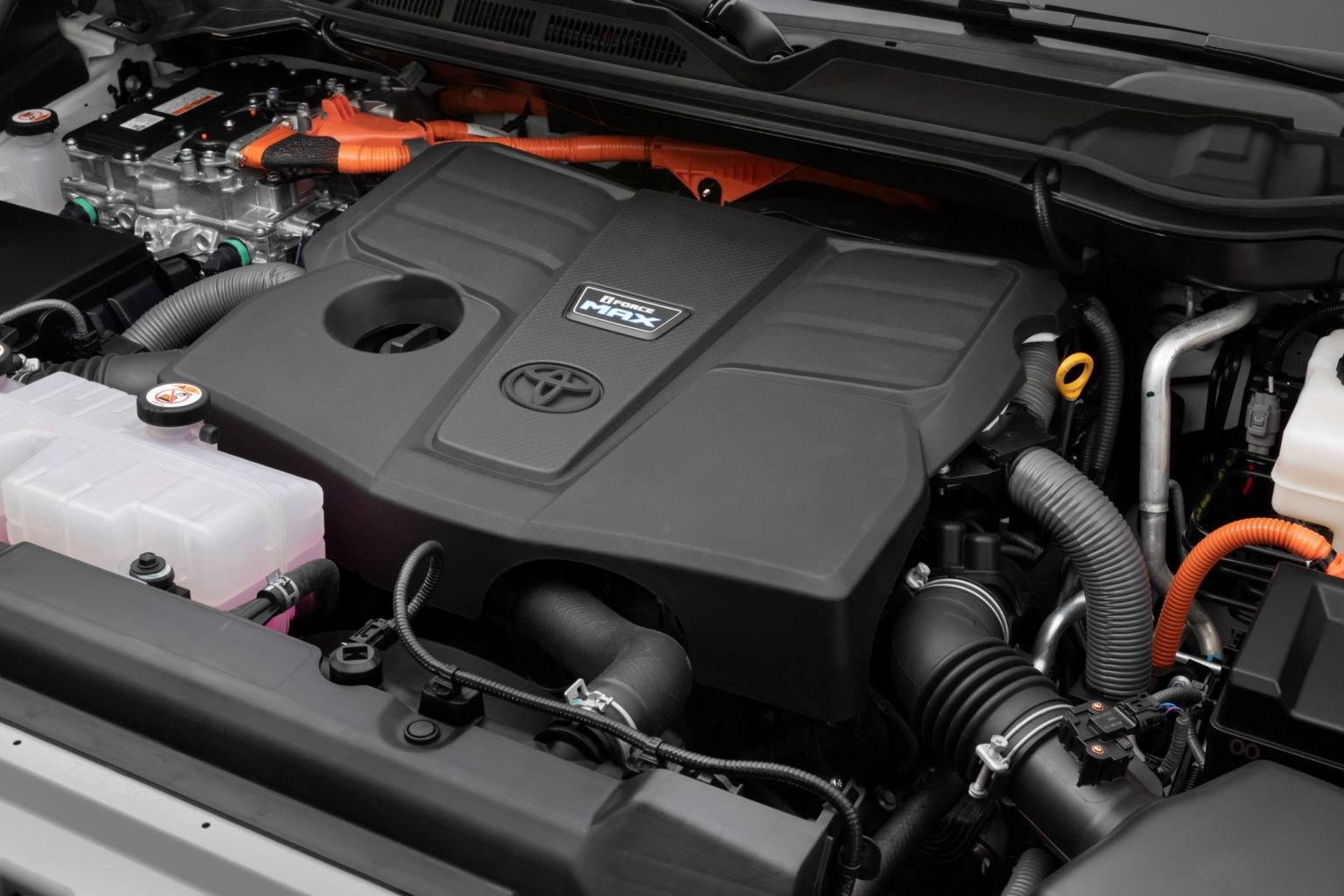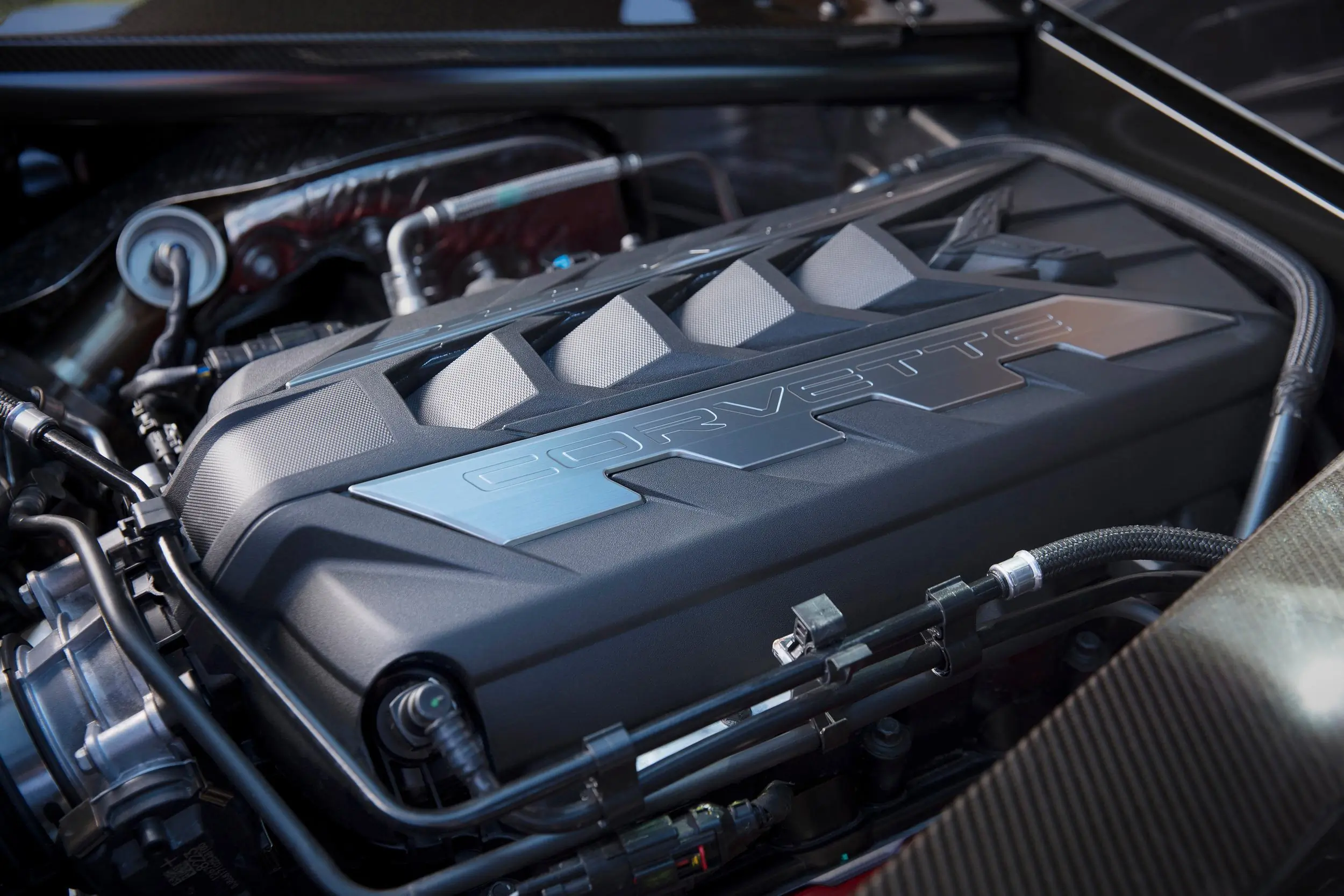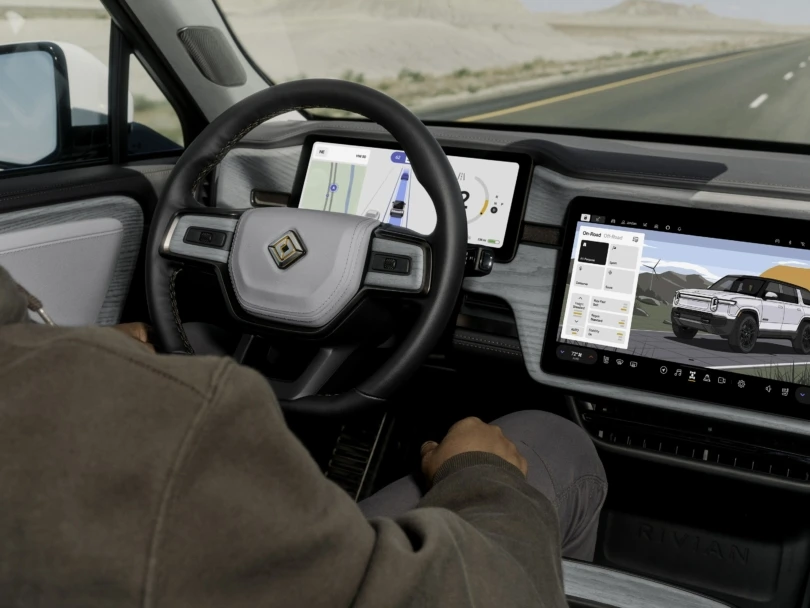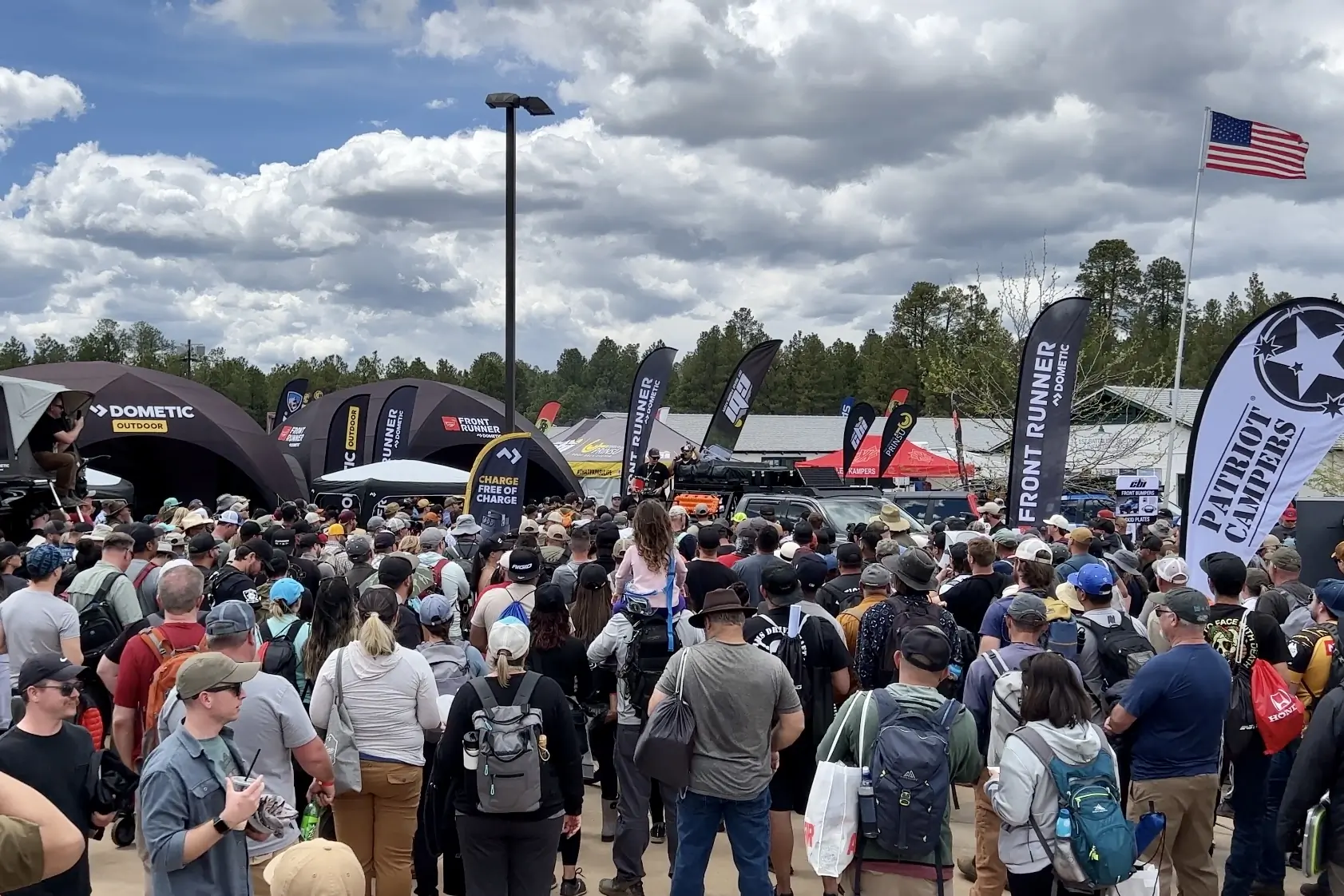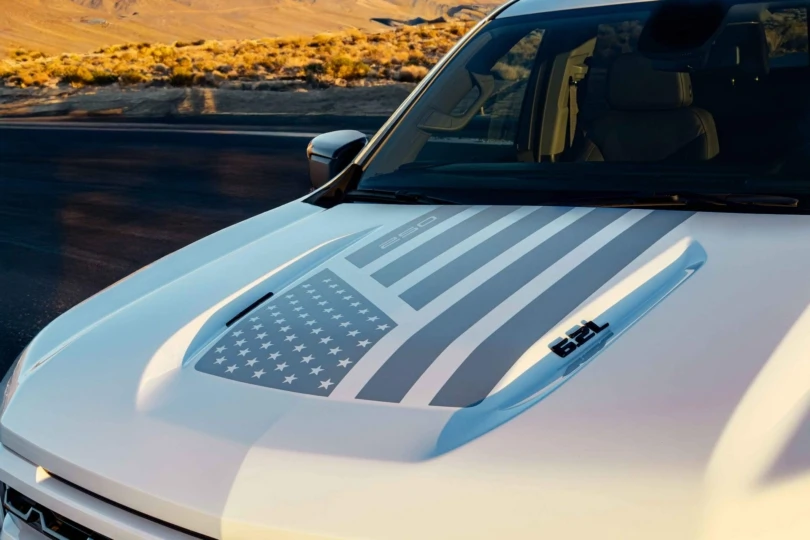We love the spinning, whirring, and whooshing inside every gasoline engine. But that doesn’t mean we understand every single piece of it. That’s okay; learning new things is always good. Especially when you can learn from a fun set of videos like the Toyota Engines 101 series.
These videos break down how engines work with more detail than you might have ever wanted. And if you do want more, the series has videos on valvetrains, diesel engines, and even turbochargers and superchargers. They are not overly brand-specific, covering features Toyota offers plus what they don’t — like economy-boosting diesel and muscle car horsepower secret supercharging.
Toyota Engines 101: How Engines Work
First in the series is “The Basics” of how engines work. This video breaks down the gas engine using the example of an air pump — a great way to explain the principle. It then goes into explaining the block and cylinder head, showing where each component comes into play.
Other topics in this Toyota Engines 101 video include the four phases of a gas engine cycle, V and inline engine layouts, displacement, and a good explanation of what a pound-foot of torque really means and why horsepower is higher at high rpm.
Diesel Differences
Video two explains the differences between gas and diesel engines. Sure, it makes us wish Toyota sold its diesel engines in the States, but it also gives you some handy information.
The video starts with the four steps of a diesel, explaining why it doesn’t need a spark plug. The Toyota Engines 101 lesson then explains the benefits of diesel and the reasons why they aren’t used in sports cars despite their benefits. They even cover why you won’t find a throttle plate in a diesel.
Valvetrains Explained
Video three of Toyota’s Engines 101 playlist gets into the valvetrain of the engine — a good lesson, as proper breathing is key to performance engines as well as efficient engines. This video shows you what intake and exhaust valves do, as well as how they’re driven by the camshaft and crankshaft. It also covers overhead valve and overhead cam engines, going into what each one means and why both layouts exist.
For more advanced timing, the video shows the benefits of variable valve timing and provides a rough guide on how most modern valve timing adjustment systems work. Lastly, Toyota takes us through the Atkinson Cycle. Not the low-carb diet but the altered combustion cycle that trades some outright power for much-improved combustion efficiency, reduced fuel consumption, and lower emissions.
Turbo Talk That Doesn’t Suck
The last video in the Toyota Engines 101 series talks about forced induction: superchargers and turbochargers. It explains how the two can pack more air into a cylinder, but, more importantly, why you’d want to do this.
More air means more fuel which means more power, essentially simulating a larger engine. The video also gets into the details about how this can lead to lower fuel consumption when you don’t need more power.
It showcases the benefits of a turbocharger, scavenging its own energy from the heat of the exhaust, but it also covers the downside. It does the same for the supercharger, highlighting the benefits and compromises as well. Even sequential versus twin-turbo and twin-scroll turbochargers are discussed.

A modern gas or diesel engine works like a big air pump. Air comes in, fuel is added, the air-fuel mix ignites, and the exhaust is pushed out the back. An engine turns the pushing force of the air-fuel mixture igniting into a spinning force that can turn the transmission and then the wheels.
The number after the letter V tells you how many cylinders there are. Each cylinder has a single piston, and each cylinder has its air-fuel mix once per cycle of the engine.
The letter V tells you that the cylinders are set up in a V-shape, pointing off in two directions. This layout allows for twice as many cylinders in an engine half the length of an inline engine, usually marked with an I, like I4.
Flat or boxer engines open up that V until the cylinders are directly across from each other. That makes the engine short in length and lower in height, though it does make it wider.
The displacement of an engine is a measurement of how much air can flow into all of the cylinders and be mixed with fuel. It is calculated as the volume in the cylinder from the piston’s lowest point to its highest, and then multiplied by the number of cylinders.
For example, a 3.0L engine can hold 3.0L of air-fuel mixture in its cylinders. Displacement on older vehicles is often referred to in c.i., or cubic inches, with liters coming into use in the 1970s and becoming universal today.
A diesel engine uses a slightly different fuel (still petroleum-based) and lots of compression. Compression is the ratio of how much the air-fuel mix is squished as the piston moves from bottom to top of the cylinder.

Gas engines compress the mix to make it around 10 times smaller; diesel engines compress it twice that much. Extra compression makes more heat, and that heat ignites the diesel fuel at precisely the right moment.
That ignition is more efficient than a spark plug in a gas engine and results in more torque and better fuel economy. Watch the Toyota Engines 101 video for more information on the other tradeoffs.
A camshaft is a long metal tube that has highly engineered bumps on it. Those bumps are what open and close the engine’s valves. In an overhead cam engine, the camshaft is mounted on top of the cylinder head, directly touching the valves.
The more conventional design, called overhead valve, has the camshaft in the middle of the engine block. It has to open the valve using metal sticks called pushrods. Long pushrods are less precise at opening and closing the valves, especially at high engine speeds.

A turbo, short for turbocharger (which is also short for turbosupercharger) is a device that adds power by forcing more air into your engine.
Think of it like a water wheel where the water is the high-speed air flowing out of the engine’s exhaust. A turbo has a fan that is spun at extremely high speeds by that exhaust. That fan turns another fan, and that second fan sucks air into the engine and packs it into the cylinders.
That extra forced air can be combined with more fuel, so it makes your small engine act like a big one — or a big one act even larger.
Because it only forces in that extra air (called boost) when you need it, it lets automakers have a small engine for fuel economy when cruising, but get the benefits and power of a large engine when you hit the gas pedal. For more details, check out the Toyota Engines 101 videos.
